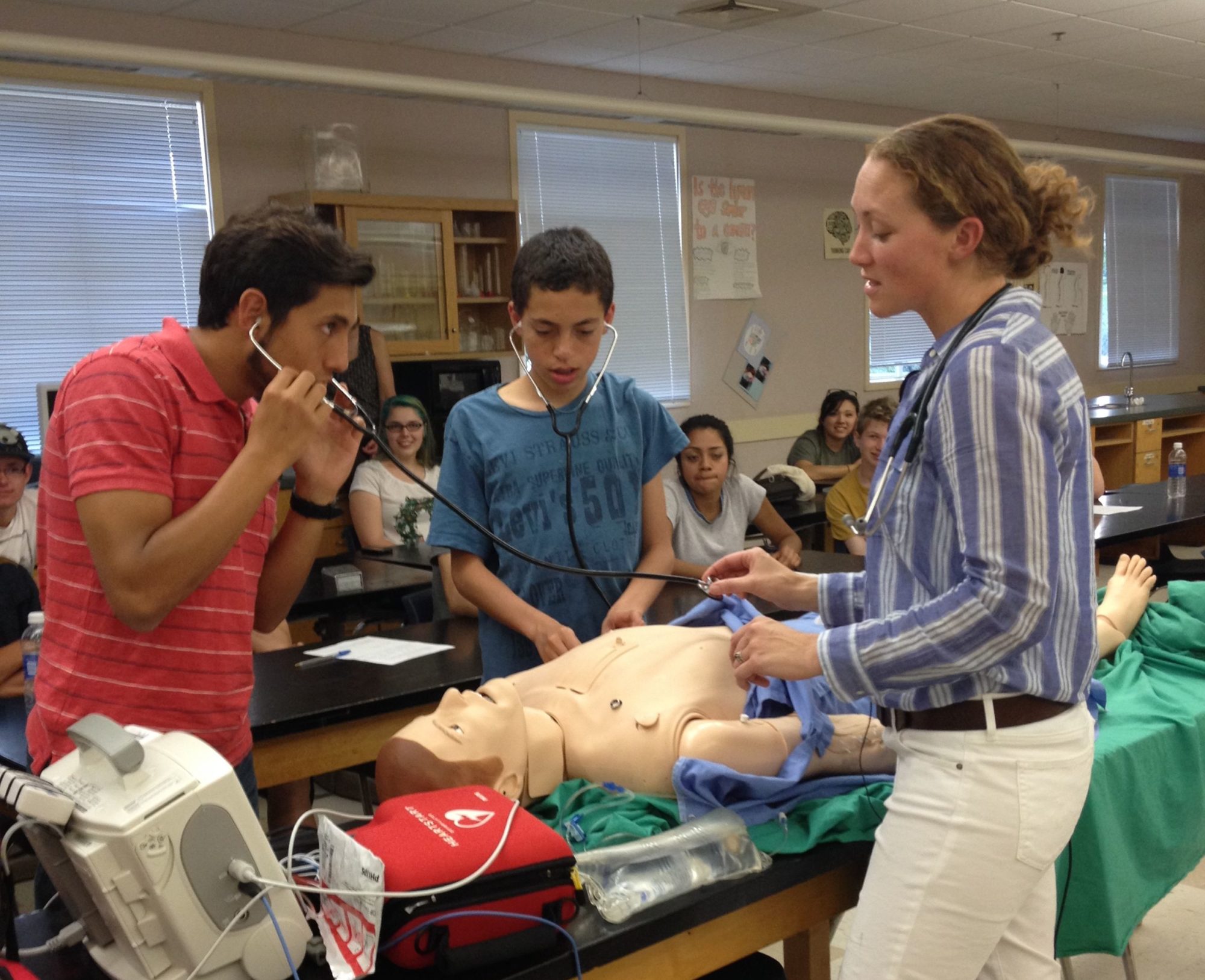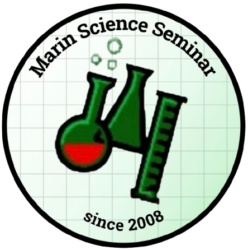Homeless Nemo: What Does the Future Hold for Coral Reef Communities?
with Vania Coelho, Ph.D. of Dominican University, San Rafael, CA
Coral reefs are undoubtedly among the most threatened ecosystems in the world. Studies predict that without increased conservation and restoration efforts a complete collapse is only a few decades away. This talk will focus on the current status of coral reefs around the world, including threats to them and the consequences of those threats. (April 30, 2008; September 29, 2010) Get the flyer here.
Dr. Coelho holds degrees in Biology, Ecology and Zoology and she completed doctoral research while working as a visiting scientist at the National Museum of Natural History, Smithsonian Institution. After completing her doctorate she held research scientist positions at Columbia University. Dr. Coelho’s research focuses on the ecology and evolutionary biology of marine invertebrates including benthic community ecology, population biology, behavior, systematics of crustaceans, and coral reef ecology. She is currently Associate Professor of Biology at Dominican University.
Ants: The Invisible Majority
Brian Fisher, Ph.D.
Cartoon Physics – How Scientists and Artists Make Pixar Films
with Rod Bogart of Pixar
Wed. Sept. 15, 2010, 7:30 pm, TLHS, San Rafael, CA
Pixar films are known for their characters and stories, but how is the film actually made? This talk will describe the various applications of math and science behind the art, from animation and
simulation, through shading and lighting, to mastering for the
audience.
Nanoscience Now (Let’s move atoms one by one and watch them with powerful microscopes!)
Prof. M. Salmeron is the Director of the Materials Science Division at the Lawrence Berkeley National Laboratory and Adjunct Professor at UC Berkeley Materials Science and Engineering Department. He is the Scientific Director of the Imaging and Manipulation Facility of the Molecular Foundry, the Department of Energy Nanoscience Institute in Berkeley. He received his B.A. in Physics from the University of Barcelona, and his Ph.D. from the University Autonoma of Madrid, Spain, in 1975. In 1984 he moved to the Lawrence Berkeley National Laboratory as a Divisional Fellow, becoming a Senior Scientist in 1996.
His research focuses on atomic scale structure and properties of surfaces and nanomaterials for applications in electronics, catalysis, tribology and environmental science. He was elected Fellow of the American Physical Society in 1996 and of the American Vacuum Society in 2003. He received the Outstanding Research Award in 1996 and the Outstanding Scientific Accomplishment Award in Materials Chemistry in 1995 from the U.S. Department of Energy. In 2004 he received the Klaus Halbach Award for the development of innovative instrumentation at the Advanced Light Source. In 2008 he received the Medard Welch Award of the American Vacuum Society and the Langmuir Lectureship Award of the American Chemical Society.
Prof. Salmeron is the President of the Scientific Advisory Board of the “Institut Catala de Nanotecnologia” inBarcelona, Spain. He has published 390 Journal articles and book chapters.
She made a MOSFET, incredibly.
Here is it
The Decision Tree with Wired editor Thomas Goetz
Marin Science Seminar visited Kishore Hari’s Down to a Science cafe in San Francisco last week and participated in a fun game-show style presentation on using technology to make and track personal medical decisions. One of the kids got to play the part of a basketball player with a genetic heart condition which might preclude him from continuing his lucrative career. Wisely, he chose not to continue playing so he wouldn’t suddenly drop dead. Wired editor Thomas Goetz ran the show while explaining how new technologies can help us to make better medical and personal health choices. He then entertained a lively discussion on health care, bioethics and physician vs. patient access to expertise. Here is a pic of some of the MSS young people with Kishore and Thomas, and a copy of Thomas’s book The Decision Tree, which he very generously signed and gave to each of the game-show participants. A edutaining time was had by all!
Sun, Skin Cancer, and the Highlands of Guatemala with James Cleaver, PhD of UCSF
Dr. Cleaver will describe the discovery of a Guatemalan village with a high incidence of skin cancer and his lab’s plans for their care. The genetic cause is a failure to repair sunlight damage to DNA. Repair of DNA is a mechanism our bodies possess for protection against all kinds of environmental exposures. DNA repair defects are involved in many kinds of cancer and neurodegenerative disease. Get the flyer here. (April 21, 2010)
Analysis and Dating of Ancient Chinese Jade with Sam Bernstein
March 3, 2010
Analysis and Dating of Ancient Chinese Jade with Sam Bernstein
Mr. Sam Bernstein will lecture on the topic of stylistic and physical examination techniques utilized in authenticating ancient Chinese Works of art. The usefulness of art historical and scientific testing techniques give us a valuable tool kit for understanding how ancient artists worked. Get the flyer here. (March 3, 2010)
Why are there Stars?
with Steven Stahler, Ph.D.
Wed. February 24, 2010
On a clear night, the sky is filled with countless stars. Our Sun is one of them. How do these objects form? In recent decades, astronomers have begun answering this very old question. This progress has occurred despite the fact that the youngest stars are invisible to the eye and even to most telescopes. Along the way, we have learned how planets like the Earth are created as part of the stellar birth process. (February 24, 2010) Get the flyer here.











